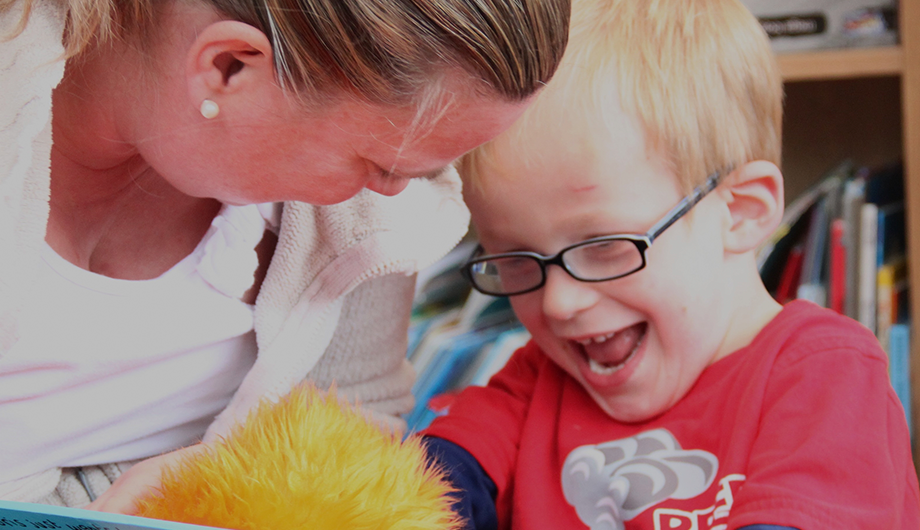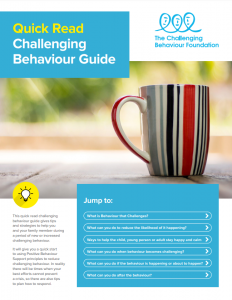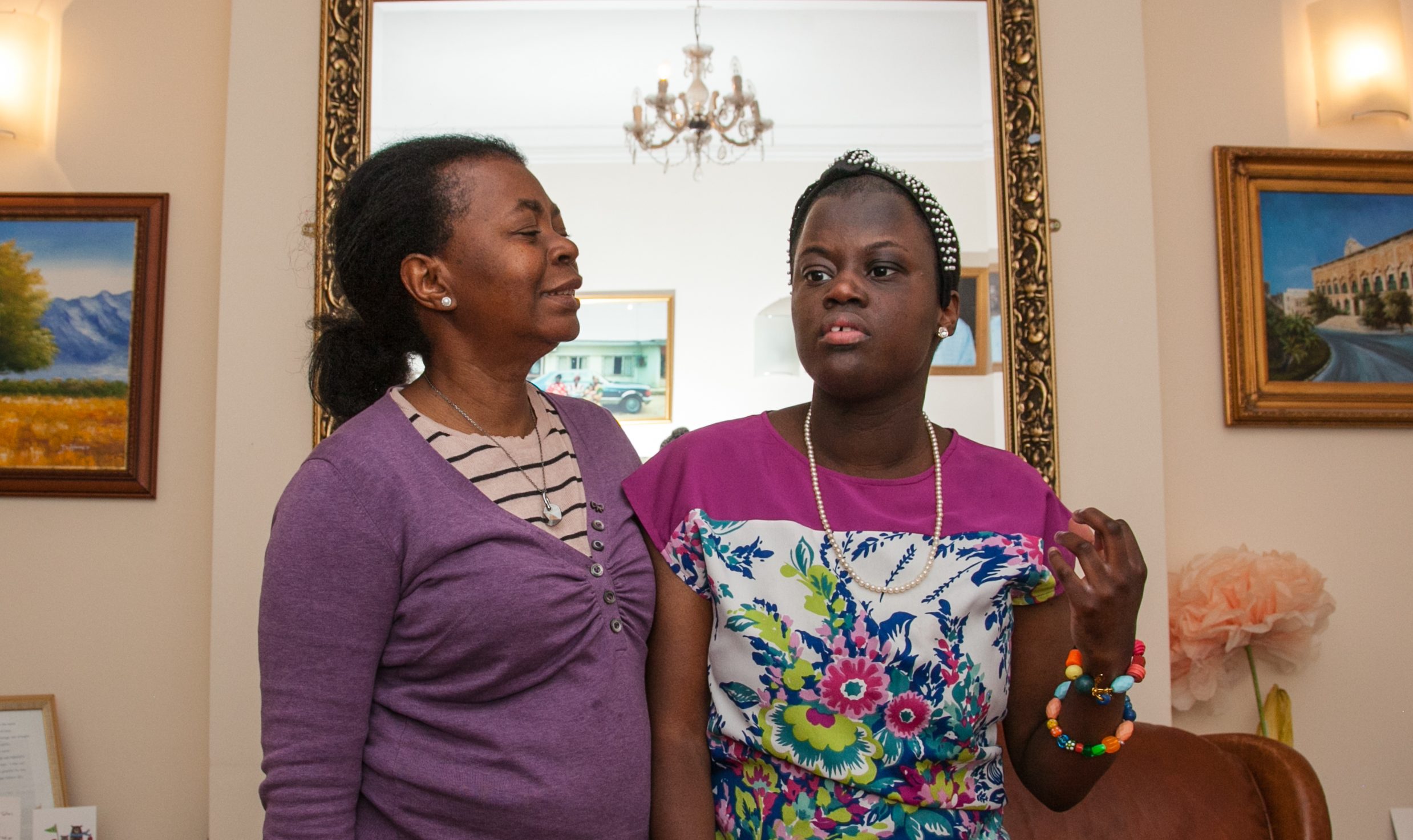
Understanding challenging behaviour: part 1
Our quick read summary and downloadable information sheet provide an introduction to why children and adults with learning disabilities may display challenging behaviour, and what you can do about it.

‘Challenging behaviour’ is how we talk about a range of behaviours which some people with severe learning disabilities may display when their needs aren't being met. Find out more about why people display challenging behaviour and how the CBF can help.
‘Challenging behaviour’ is how we talk about a range of behaviours which some people with severe learning disabilities may display to get needs met.
Behaviours might be things like:
Most children without learning disabilities display lots of challenging behaviour during the ‘terrible twos,’ but usually this doesn’t last because most 2-year olds develop a range of communication and social skills which enable them to get what they want and need more easily. Many children with learning disabilities do not develop these skills and are left with the same needs as other children their age but are much less able to get them met – Peter McGill, Tizard Centre, University of Kent
Many challenging behaviours are effective ways for a person with learning disability to control what is going on around them.
Behaviour described as challenging can have a significant impact, not only on the individual with learning disabilities themselves, but also family and friends caring for that person.
Read our position statement to see what the CBF does and how we can support you
Read more about the term ‘challenging behaviour’
Read more about why we use this term
Download formal definitions of the term challenging behaviour
An introduction to challenging behaviour
Challenging behaviour – supporting change
Short video clips from family carers/professionals about challenging behaviour
 This quick read challenging behaviour guide gives tips and strategies to help you and your family member during a period of new or increased challenging behaviour.
This quick read challenging behaviour guide gives tips and strategies to help you and your family member during a period of new or increased challenging behaviour.
It will give you a quick start to using Positive Behaviour Support principles to reduce challenging behaviour. In reality there will be times when your best efforts cannot prevent a crisis, so there are also tips to plan how to respond.
Read or download Quick Read Challenging Behaviour Guide
 Read the first of our Meeting the Challenge guides on ‘Understanding challenging behaviour and getting advice and support’, produced by the Challenging Behaviour Foundation, alongside Mencap and Respond. This factsheet provides information and signposting to help you understand challenging behaviour and how to go about getting support for your family member.
Read the first of our Meeting the Challenge guides on ‘Understanding challenging behaviour and getting advice and support’, produced by the Challenging Behaviour Foundation, alongside Mencap and Respond. This factsheet provides information and signposting to help you understand challenging behaviour and how to go about getting support for your family member.
Read or download Understanding Challenging Behaviour and Getting Advice and Support
We have a series of three information sheets relating to challenging behaviour. Click on the links below to read the summaries or download the complete information sheets.

Our quick read summary and downloadable information sheet provide an introduction to why children and adults with learning disabilities may display challenging behaviour, and what you can do about it.

Our quick read summary and downloadable information sheet explain that all behaviour happens for a reason. This page introduces the different stages of behaviour and how a functional assessment can identify the exact causes of a person’s behaviour.

This page describes what is a Behaviour Support Plan, and how to create one. Our quick read summary and downloadable information sheet provide eight key steps to making a plan, including proactive than reactive strategies.